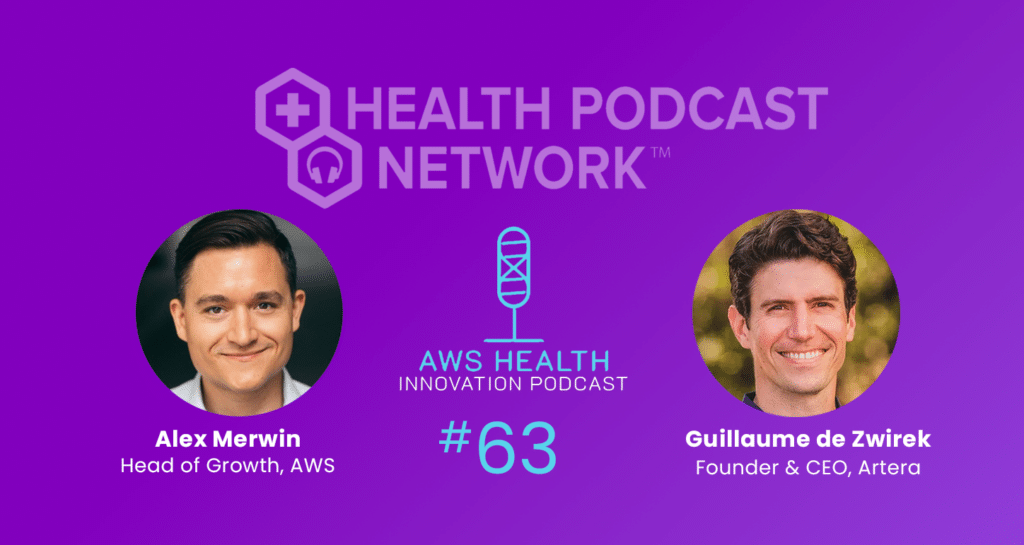
SHARE:
[DISPLAY_ULTIMATE_PLUS]
Patient outreach can improve patient retention, reduce no-shows, increase appointment confirmations, and contribute to a happy patient population.
But, not all patient communication platforms are created equal.
That’s what Vista Community Clinic found. Before implementing WELL, the busy healthcare system’s no-show rate hovered around 23 percent across its eight southern California locations, sometimes as high as 30 percent. This was despite using email and texting for patient outreach.
The problem was that the communications platforms were just one-way — meaning patients couldn’t respond. “There was no flexibility there, just an automated system,” said Michelle Monroe, VCC’s chief operations officer. The organization tested out another messaging system designed to send text blasts to patients, but it also “completely failed” according to Monroe.
What to look for in a patient outreach tool
A patient communication platform needs to meet all of your patient outreach needs, which can be quite diverse. It should be able to do the basics, such as sending appointment reminders, pre-op instructions, and patient education.
It should also be able to automate more technical tasks, such as recalls, referrals, and patient satisfaction surveys. VCC not only used WELL’s appointment reminder features but also began to text patients when their prescriptions and referral authorizations were ready. They sent out campaigns alerting patients with back pain that they had a chiropractor on staff, reminded optometry patients to get an eye exam, and announced that a new acupuncturist had joined the staff.
“We keep finding more use cases!” Monroe said.
Can patients respond and reach out to you?
Finally, and perhaps most importantly, patient outreach technology should also allow your patients to respond to messages and communicate with your staff in their preferred medium. Four out of five people want to be able to communicate with their doctors via text message — but unless they can respond to your outreach with more than a simple Y or N, that’s not happening.
Patients should not only be able to respond, they should be able to initiate the conversation, the same way they would pick up the phone and dial your practice. VCC found that patients were already texting their main line, but it didn’t have the technology to receive the messages.
After implementing WELL, VCC didn’t even need to notify people they could text the main number — patient messages began pouring in immediately, rising from about 3,600 in the first month to nearly 25,000 six months later.
“It just happened organically,” Monroe said.
Patient outreach that unites all your vendors
If your health system is like most, you’re already messaging your patients. So are each of your vendors. That means that for a given appointment, your patient could receive five or more messages! With WELL, all messaging flows through one channel and comes from a number that your patients recognize — yours.
Patient outreach should be easy
New technology for patient outreach should be easy to use. But all too often new tech presents another hurdle for your staff and an underutilized tool among patients.
“It’s pretty simple — if the technology doesn’t meet the patient’s needs or enhance their experience, it won’t be used!” said authors Saira Ghafur and Eric C. Schneider in article for NEJM Catalyst.
For VCC, texting was such a welcome addition to its patient outreach strategy that utilization rates and patient satisfaction scores increased. “They love it! It’s one of those things that, if it went away, I think we would have very unhappy patients,” Monroe said.
After its initial launch success, VCC added language to their telephone on-hold messaging letting patients know they could text. The offer was captivating to patients, many of whom hung up immediately so they could text instead.
Measurable results from patient outreach
As meaningful as patient outreach is toward improving patient experience and satisfaction, your patient outreach efforts should also provide measurable results. VCC saw a 17 percent decrease in no-shows and a 14 percent increase in patient visits. With 270,000 patient visits a year, those metrics have a significant impact on revenue.
Ultimately, patient communication platforms such as WELL can help you achieve your patient outreach goals, improve patient experience and satisfaction, and increase your bottom line. Read the VCC case study and the many other health systems who have achieved stellar patient outreach results with WELL. ♥


